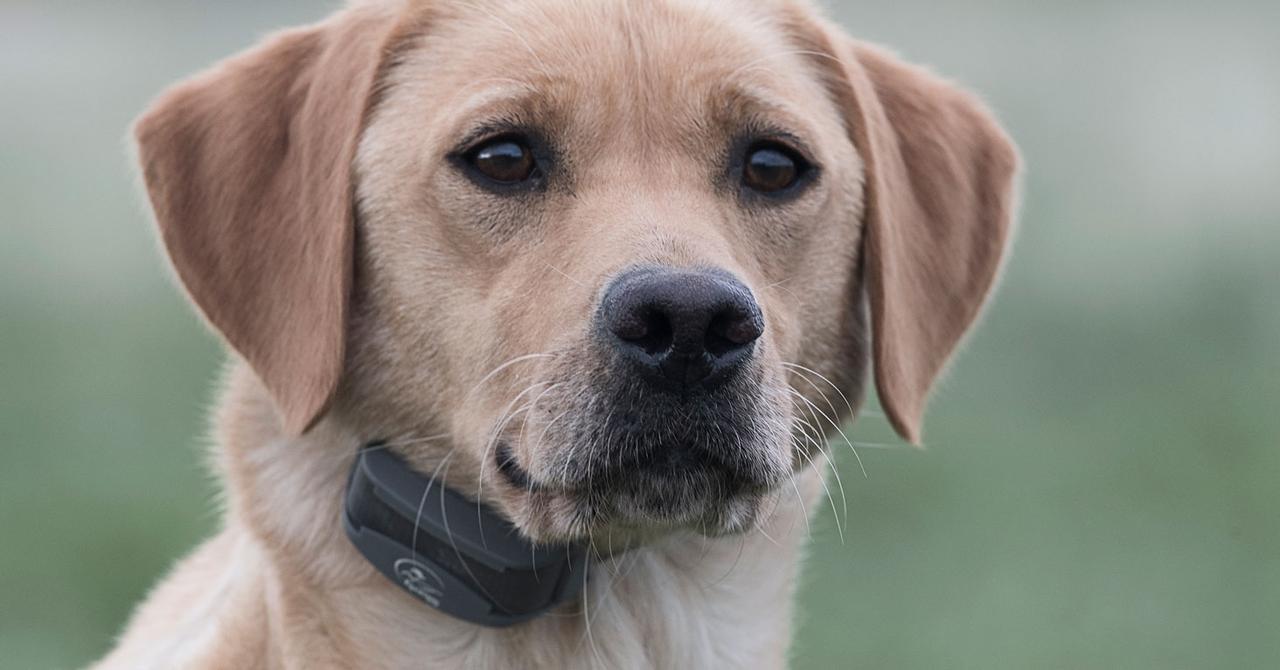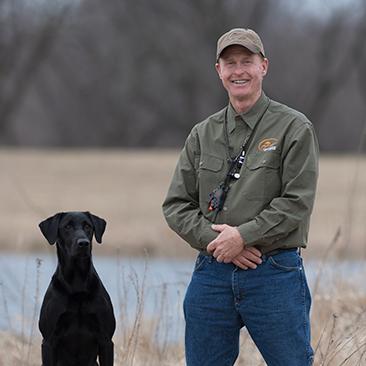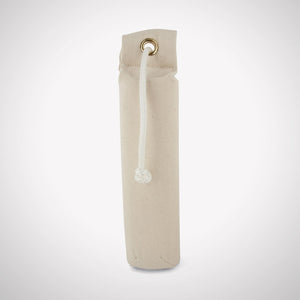
Dove Hunting is Great Prep for Waterfowl Season
Posted by Tom DokkenIf you’re training a young retriever for waterfowl hunting, it makes sense that dove hunting should make for great practice. Both require your dog to remain steady, watch the sky and mark downed birds.
If a dove hunt is going to be your dog’s first real hunting experience, you will find it beneficial to let a buddy do the shooting, at least the first couple of times you go out. Leave your gun behind so you can concentrate on watching your dog. This allows you to make corrections if your dog breaks and also enforce good delivery to hand when it returns with a dove.
The biggest potential drawback to dove hunting with a young dog is the fact that the birds are small and not real firm. It’s very tempting for a dog to get “mouthy” with them. Chomping down, rolling the bird around, and repeatedly dropping it and picking it back up is bad behavior that you don’t want to get out of hand.
Therefore, I highly recommend that your dog is force-fetched before you go dove hunting. Force-fetching is a whole topic unto itself, but the benefits are that a dog that has completed a force-fetch program holds gently and reliably, and doesn’t constantly adjust its grip on the bird.
You can do some pre-hunt prep by running some retrieving drills with a small-diameter (1- or 11/2-inch) foam dummy. Tape a bunch of loose feathers onto the dummy (not full wings, which are pretty firm). You’re trying to simulate a light, soft bird. Pay close attention to how your dog handles the dummy and work on proper hold. A force-fetched dog should make the transition to this new object without much trouble. But even a dog that has not been formally force-fetched but is compliant with “hold” should be able to make the adjustment.
Another thing you can do to make your hunt go smoother is to take care of decoy introduction ahead of time. Spinning-wing dove decoys have become a valuable part of dove hunting. If you plan to use them, set one or two out in the yard and run some easy marks through and around them so the dog learns to ignore the fakes. That eliminates a new distraction when you finally get out for the real thing.
For a young dog with a short attention span, it might also pay off to take a bumper along in your hunting vest. If you get to the field and there’s not a lot of action, an occasional fun bumper toss will break up the monotony.
And one friendly but important reminder. Prepare for what will most likely be hot weather. Even on a slow day when there’s a lot of sitting and waiting in between retrieves, the heat will take a toll on your heavy-coated retriever. Try to set up in the shade if possible. Also, bring twice as much water as you think your dog will need so that it can drink frequently.
While dove hunting might not compare with the excitement of a flock of greenheads dropping into your decoys on a crisp November morning, it’s a golden opportunity for retriever owners, so take advantage of it if you can.

Tom Dokken
Northfield, MN
Dokken brings more than 45 years of retriever-training experience to the SportDOG team. He is well known as the inventor of Dokken’s Deadfowl Trainer, which has become standard equipment for retriever trainers everywhere. He is the owner of Dokken Dog Supply and Dokken’s Oak Ridge Kennels, the largest gun dog...
Related Products
SportHunter® 825X
WetlandHunter® 425X
Orange Canvas Dummies
Natural Canvas Dummies




